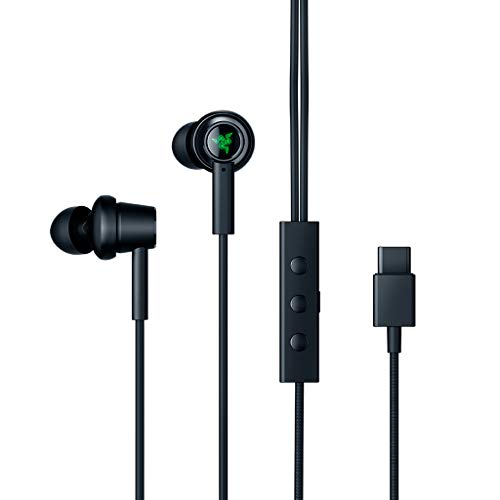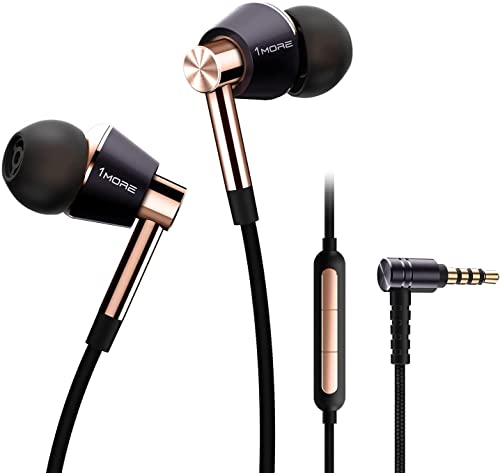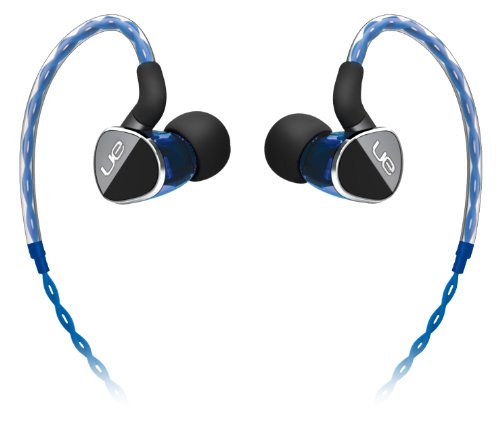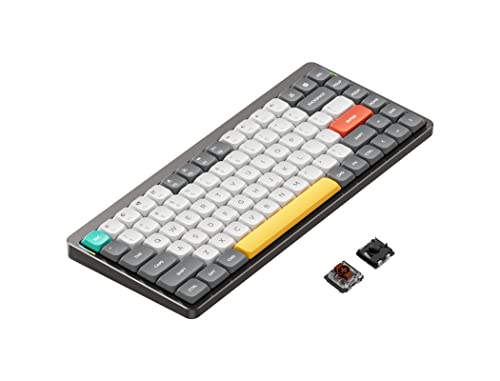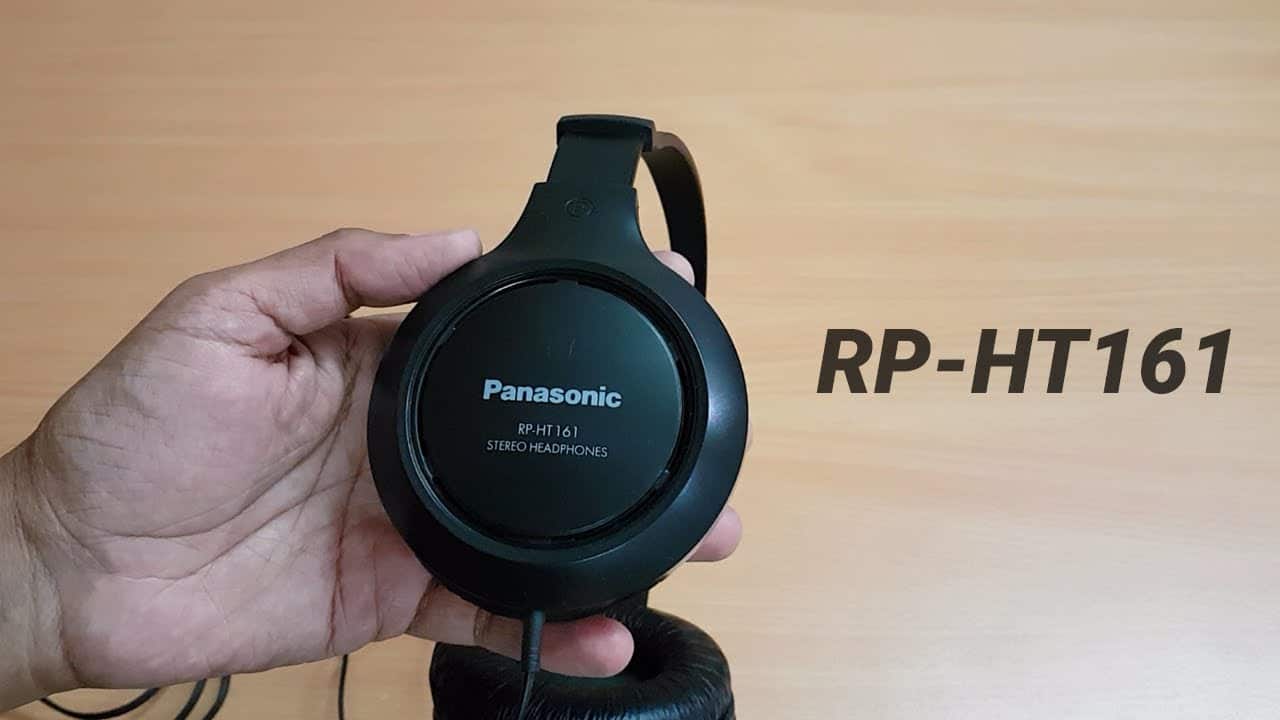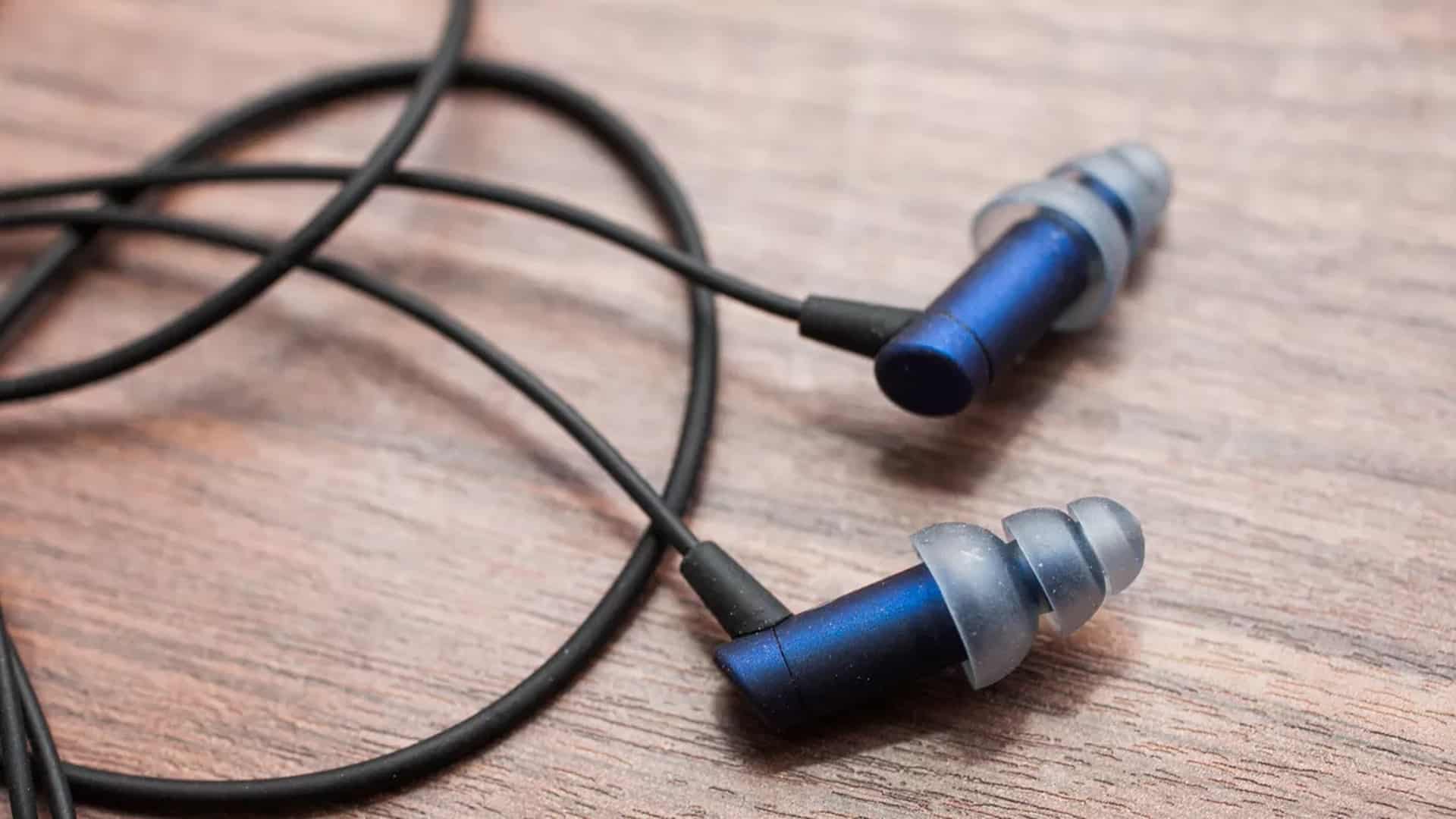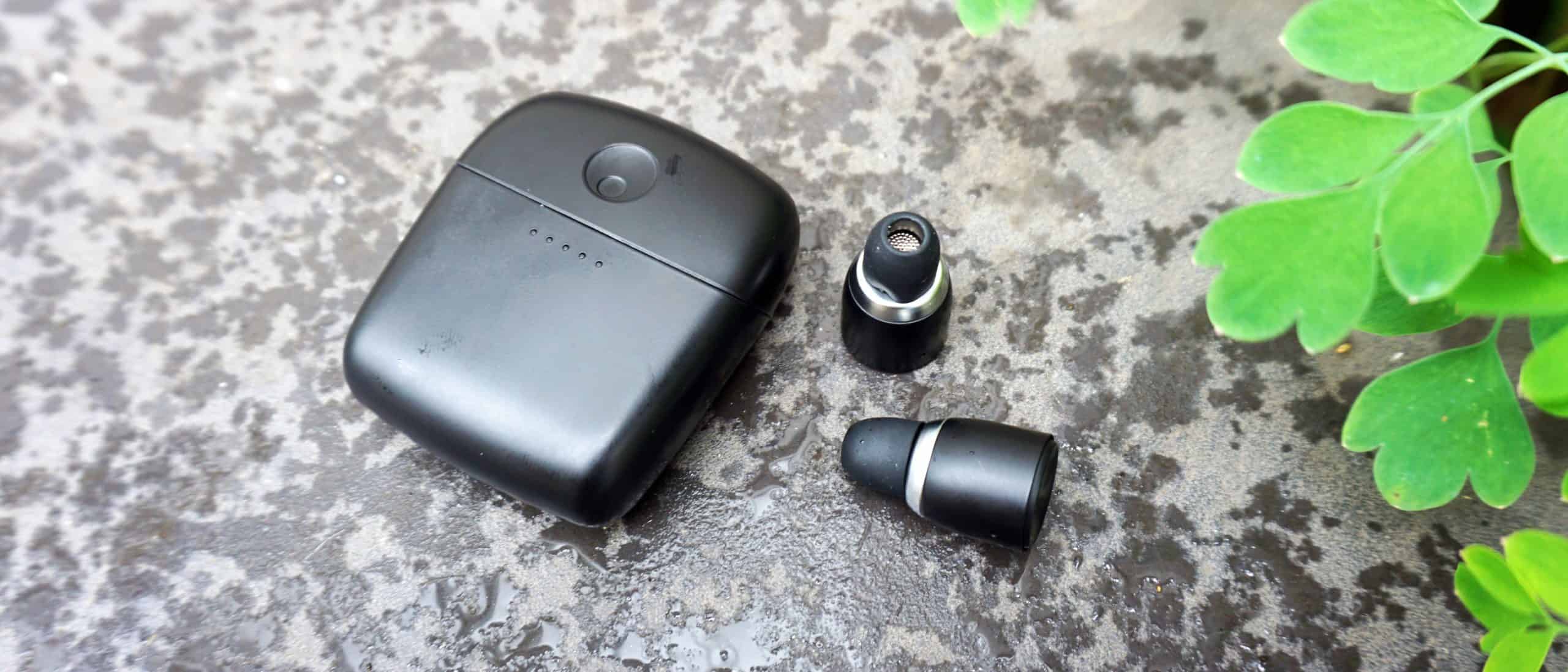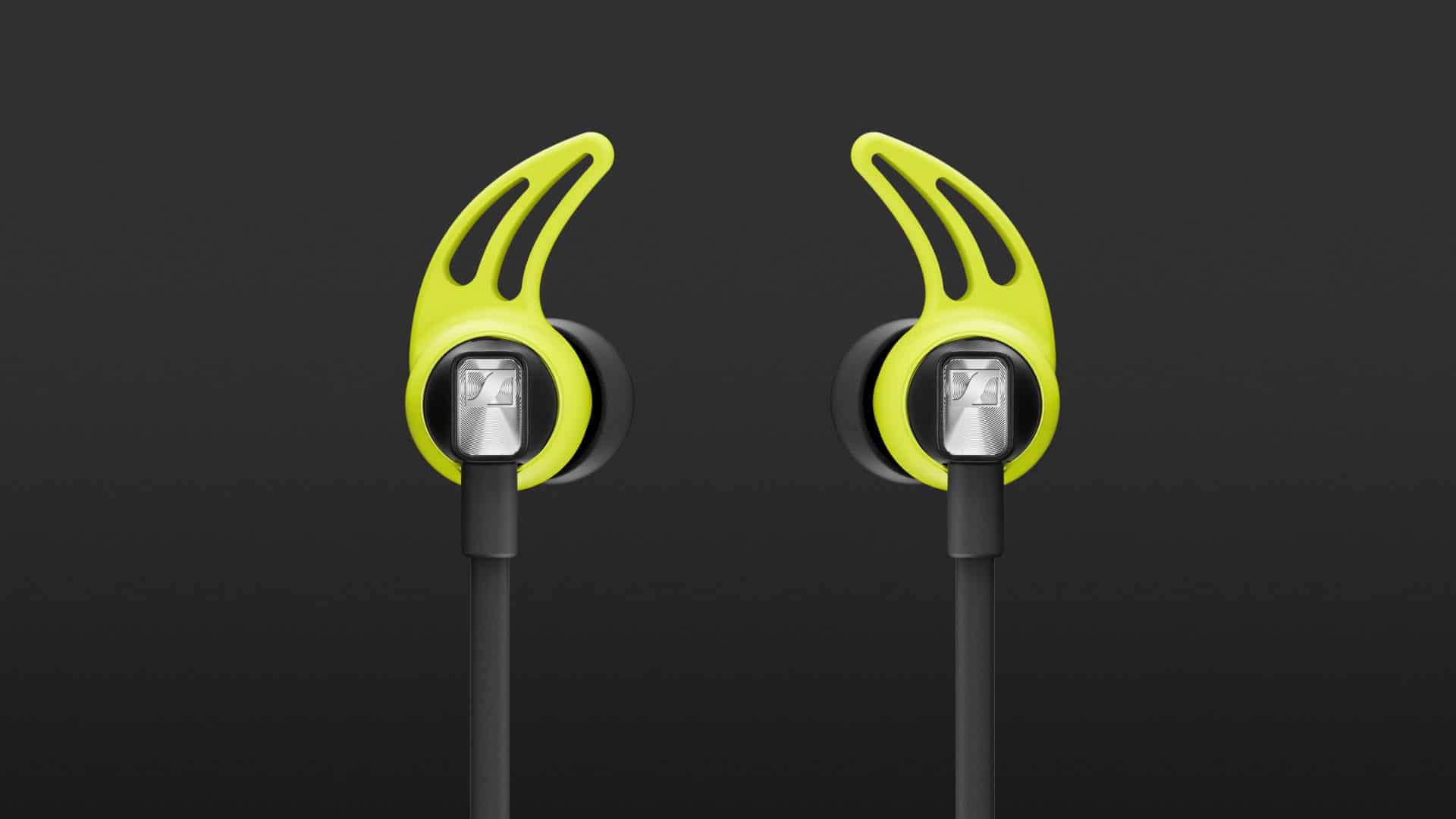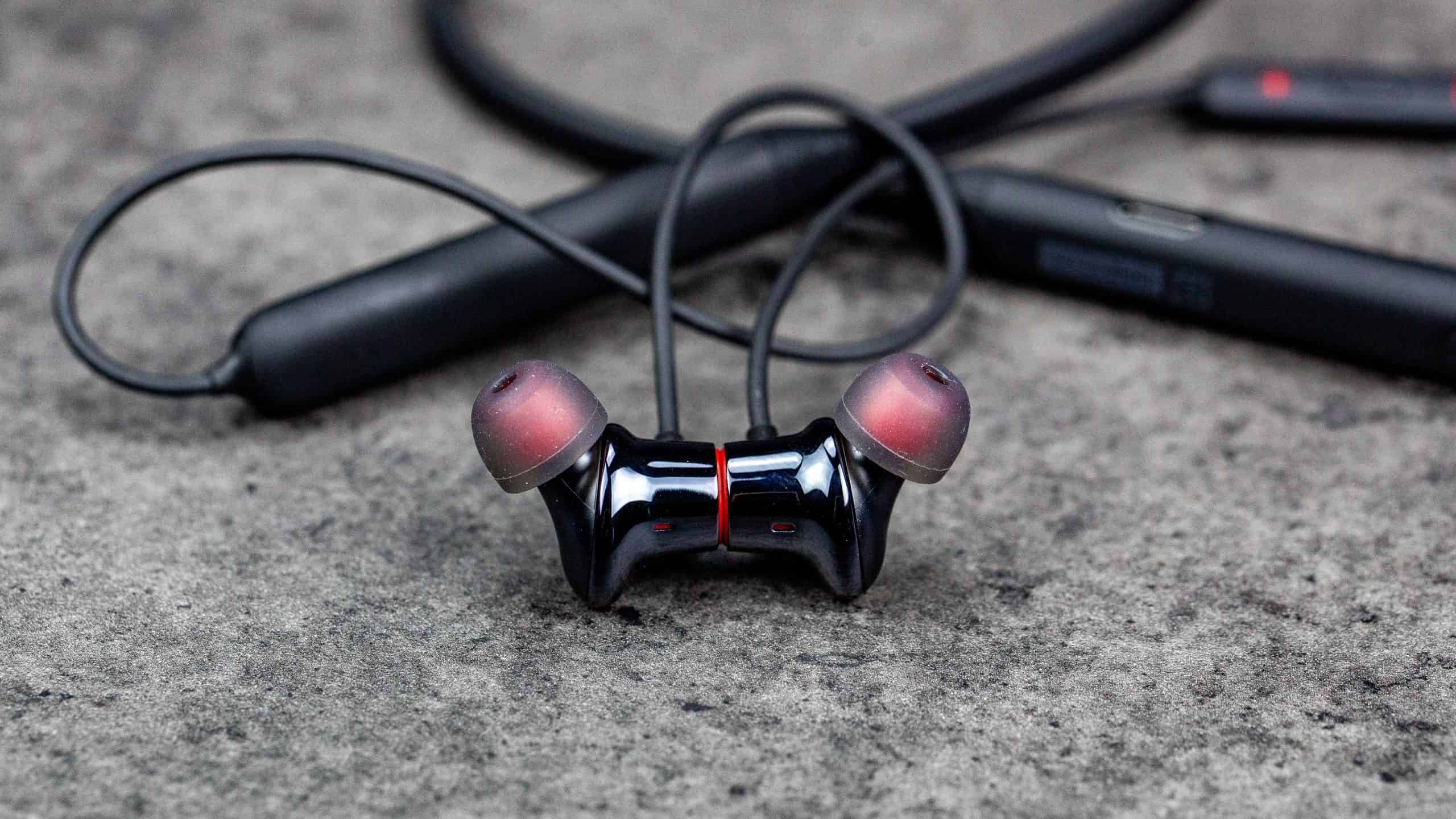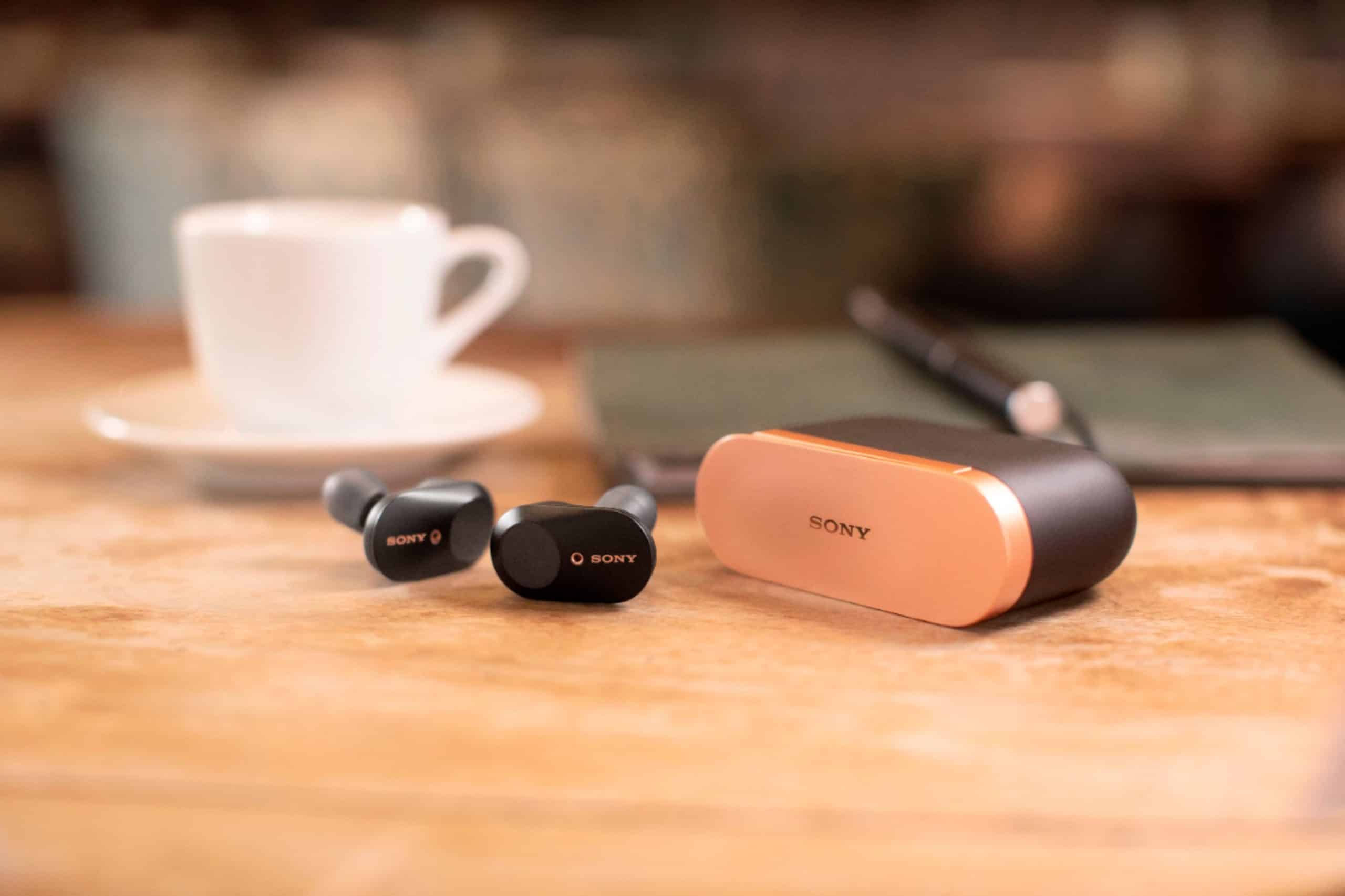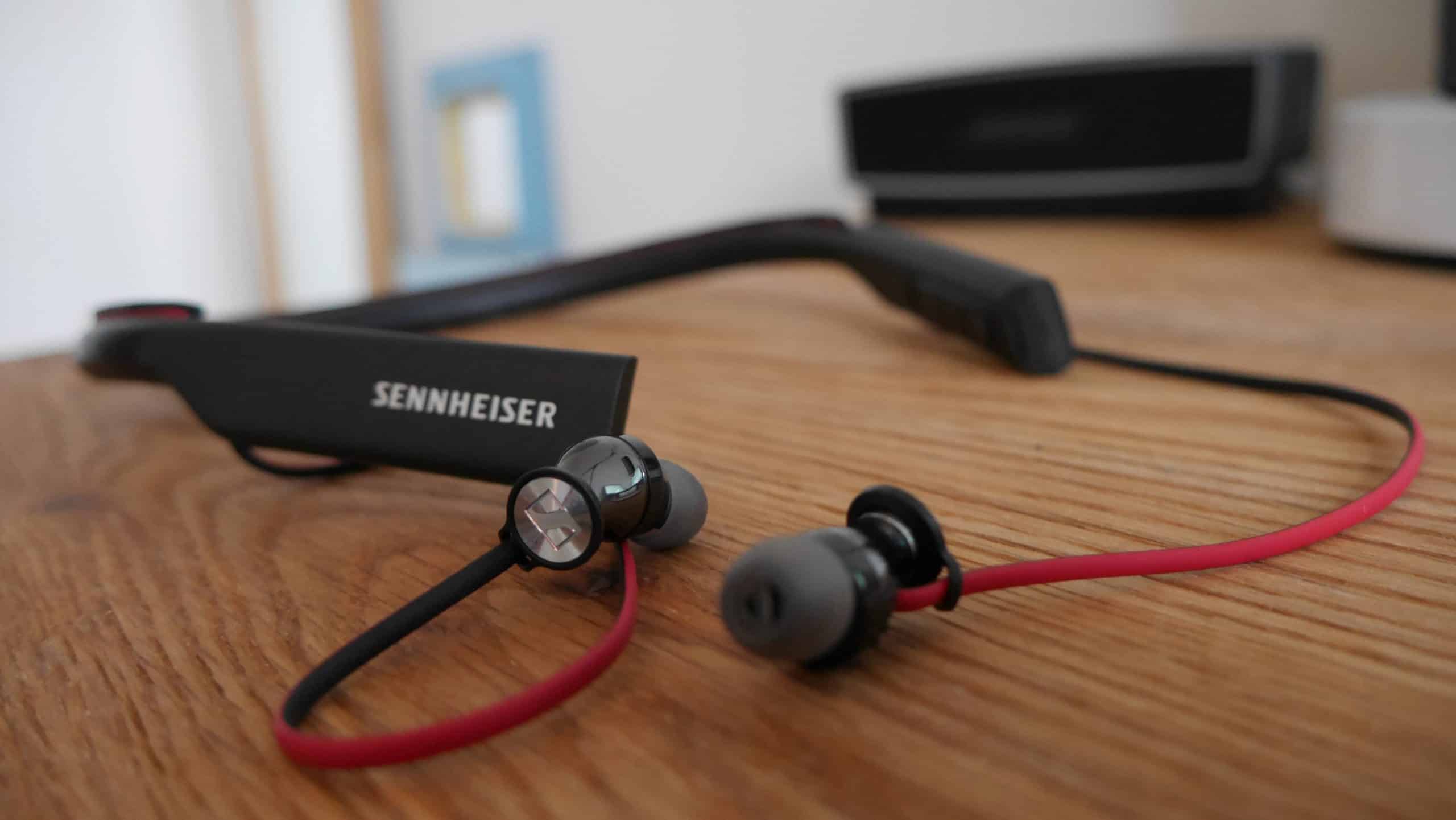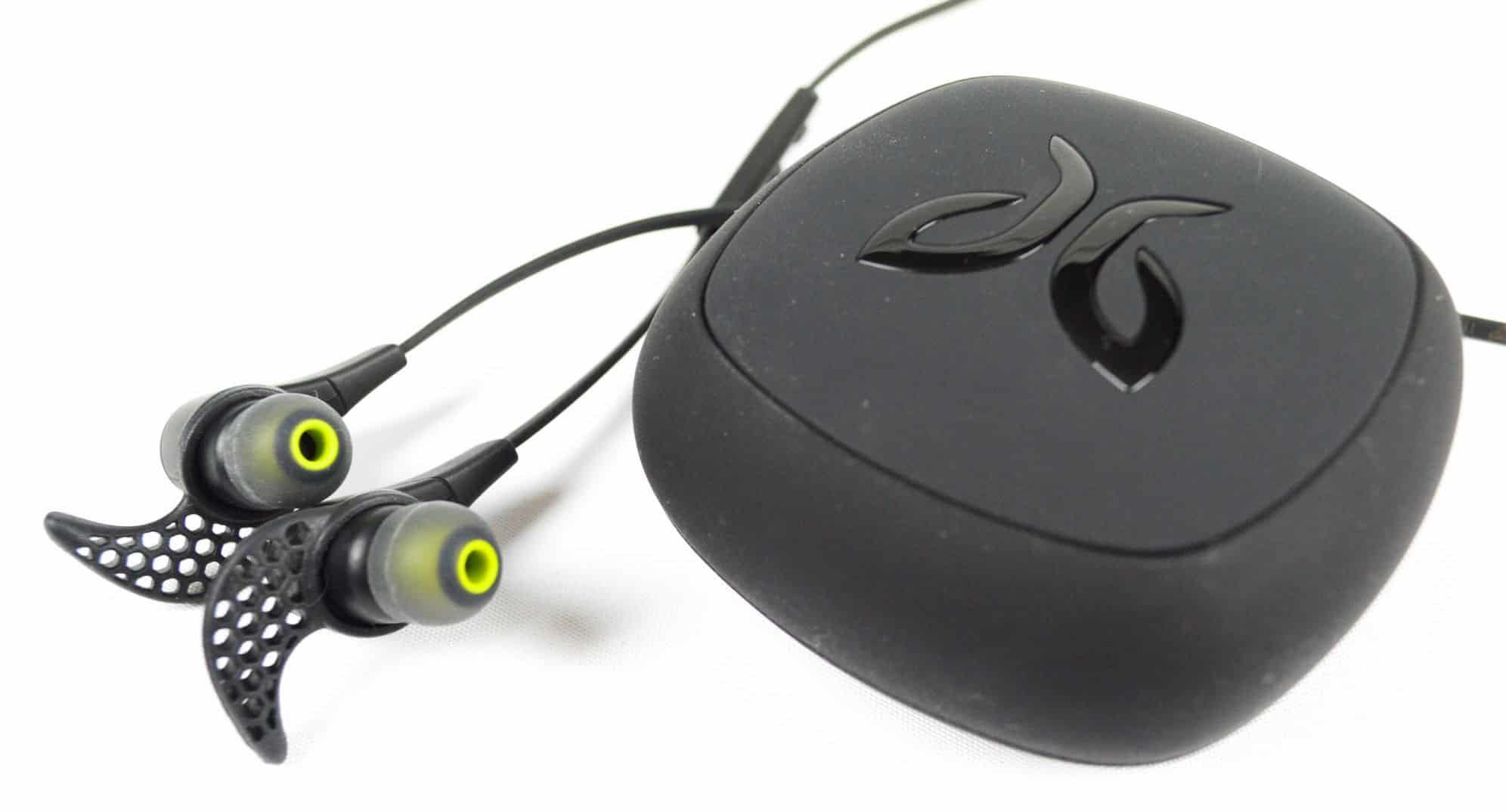If you are new to the world of personal audio, you may wonder how to wear behind-the-neck headphones. Some of the best headphones, after all, feature a behind-the-neck design. So what benefits do these headphones provide and how do you go about wearing them? Keep reading to find out.
KEY TAKEAWAYS:
- Behind-the-ear headphones are known for comfort during an extended period of use when compared to conventional headphones, secure in place during use, and small enough for office use.
- The process for wearing neckband headphones differs according to design, as there are on-ear and in-ear models.
- For in-ear models, hold your ear lobes open as you gently insert the earpiece, letting go after to create a seal.
What are Behind the Neck Headphones?
This headphone style, as the name suggests, wraps around the neck on the back. Behind-the-neck headphones come in two different styles. There are on-ear and in-ear models. Wireless earbud models don’t fit this type of headphones, but many other headphones do and it’s important to know how to wear on-ear headphones correctly, especially around the neck.
Insider Tip
If you can, try on the headphones before committing to a purchase, to ensure quality and comfort.
Benefits of Behind the Neck Headphones
There is a reason why behind-the-neck headphones have caught on in recent years. Here are a few benefits.
- Security – These headphones stay attached, so you won’t have to learn how to detangle your headphones with this type. This enhanced security also makes them great for the gym and for running.
- Compact – these headphones tend to be on the smaller side, though not as small as earbuds. What does this bring to the table? The size makes them compact enough for office environments but not so small that are easily misplaced.
- Comfort – This type of headphone is known to be comfortable, especially compared to standard in-ear models. You can expect to wear these for a number of hours continuously without too much frustration.
How to Wear Headphones Around Your Neck
The process here does vary according to your headphone make and model, similar to when you learn how to wear in-ear headphones. Having said that, there are some universal tips worth considering.
Connect Beforehand
Connect the headphones via the preferred method before wearing them. This means plugging them in manually to y our stereo system, smartphone, or tablet, or engaging Bluetooth functionality with a wireless connection.
Check the Designated Ears
Before donning your brand new cans, check the ears to ensure you place the left ear and the right ear in the correct location. This ensures increased comfort and that you’ll hear a proper stereo image. And, avoid bending them unnecessarily, or you can break the headphones easily.
Insert the Tip
Don’t forcefully insert the tip as you wear the headphones. Instead, start gently pulling on your left earlobe with your right hand. Push the earpiece inside with minimal effort and let go of your earlobe. Letting go of the earlobe allows the ear canal to naturally create a seal around the Then repeat the process with your right earlobe.
F.A.Q.S
Are neckband headphones good?
Some are very good, but it depends on the make and model of a specific pair of headphones. Wireless headphones, for instance, differ wildly when it comes to battery life.
How long should you wear headphones?
For wireless headphones, it really comes down to hours of battery life, and other stats. You may also want to consider overall comfort and active noise cancellation features on offer.
How do I choose earphone specs?
It really depends on your needs. For wireless headphones, choose multiple hours of battery life and a decent standby time. For standard headphones, go for sound quality and comfort.
STAT: Headphones connect to a signal source such as an audio amplifier, radio, CD player, portable media player, mobile phone, video game console, or electronic musical instrument, either directly using a cord, or using wireless technology such as Bluetooth, DECT or FM radio. (source)
REFERENCES:
- https://helpguide.sony.net/mdr/wisp510/v1/en/contents/TP0002928786.html
- https://www.klipsch.com/products/r5-neckband-headphones-certified-factory-refurbished
- https://phiaton.com/blogs/audio/neckband-headphones-why-is-this-design-becoming-so-popularr
- https://phiaton.com/blogs/audio/why-headphone-design-matters-how-to-pick-between-headphone-earphone-and-neckband-designs
- https://en.wikipedia.org/wiki/Headphones
















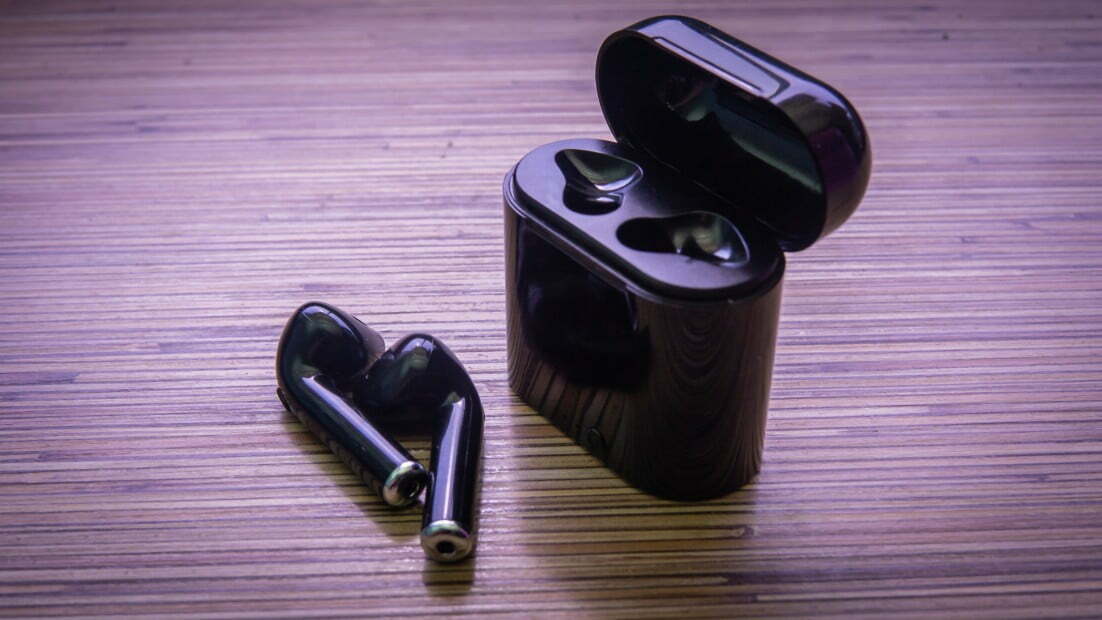


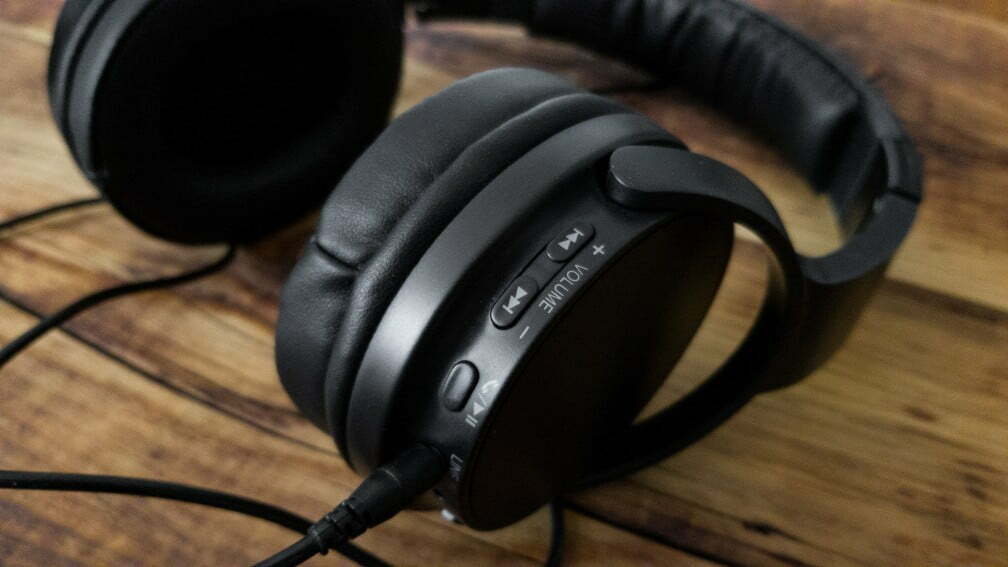









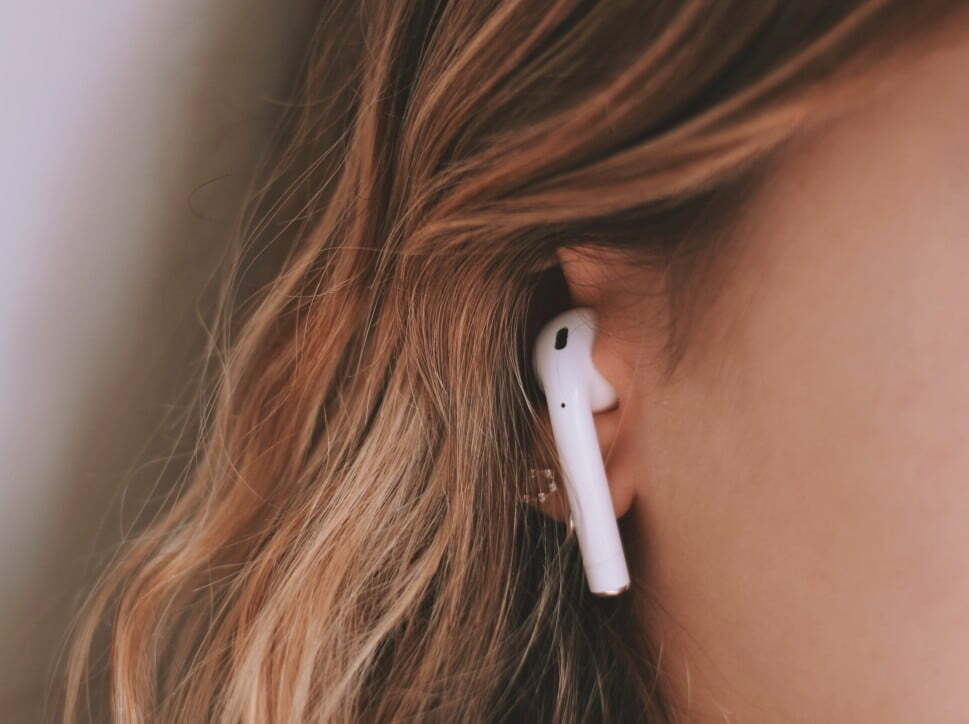
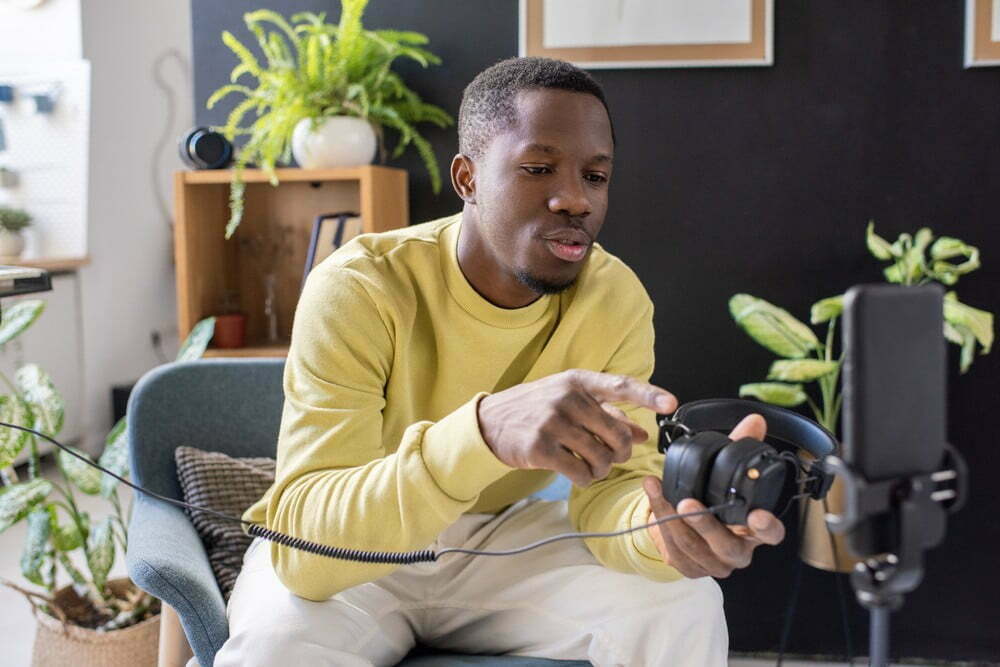
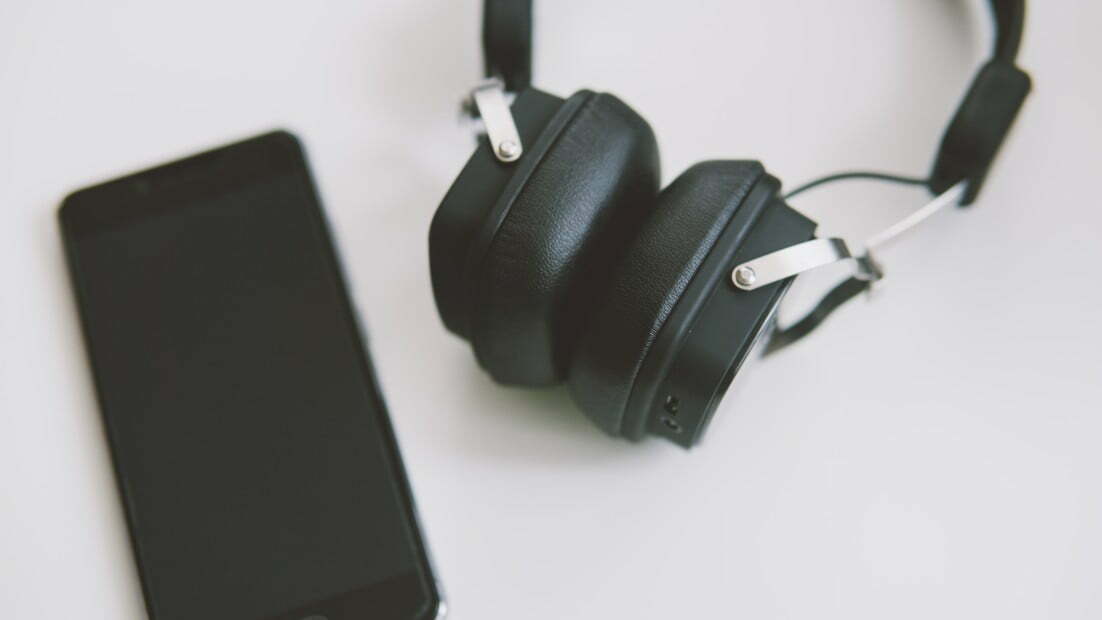

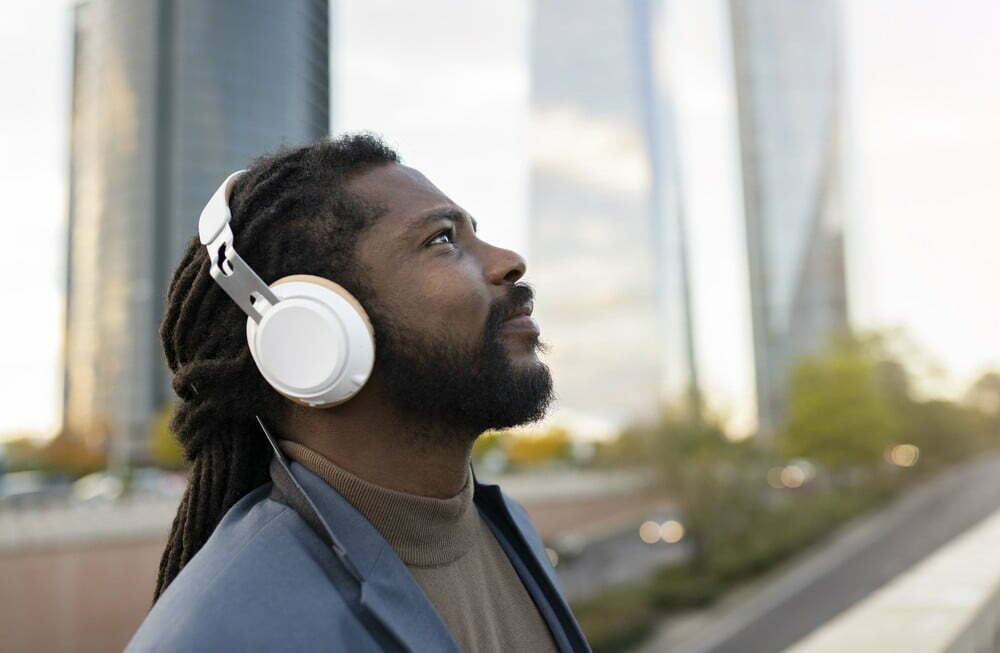
![Best Over-Ear Headphones for Working Out in [year] 27 Best Over-Ear Headphones for Working Out in 2026](https://www.gadgetreview.dev/wp-content/uploads/best-over-ear-headphones-for-working-out-image-scaled.jpg)
![Best Sennheiser Headphones in [year] 28 Best Sennheiser Headphones in 2026](https://www.gadgetreview.dev/wp-content/uploads/best-sennheiser-headphones-image-1.jpg)
![Best Sony Headphones in [year] 29 Best Sony Headphones in 2026](https://www.gadgetreview.dev/wp-content/uploads/best-sony-headphones-image-1.jpg)
![Best Open Back Headphones in [year] 30 Best Open Back Headphones in 2026](https://www.gadgetreview.dev/wp-content/uploads/best-open-back-headphones-image-1.jpg)
![Best Headphones in [year] ([month] Reviews) 31 Best Headphones in 2026 (January Reviews)](https://www.gadgetreview.dev/wp-content/uploads/best-over-the-ear-headphones.jpg)
![Best Noise Cancelling Headphones for Sleeping in [year] 32 Best Noise Cancelling Headphones for Sleeping in 2026](https://www.gadgetreview.dev/wp-content/uploads/best-noise-cancelling-headphones-for-sleeping-image-1.jpg)
![Best Noise-Cancelling True Wireless Earbuds in [year] 33 Best Noise-Cancelling True Wireless Earbuds in 2026](https://www.gadgetreview.dev/wp-content/uploads/best-noise-cancelling-true-wireless-earbuds-image.jpg)
![Best Headphones with a Mic in [year] 34 Best Headphones with a Mic in 2026](https://www.gadgetreview.dev/wp-content/uploads/best-headphones-with-mic-image.jpg)
![Best Headphones for Sleeping in [year] 35 Best Headphones for Sleeping in 2026](https://www.gadgetreview.dev/wp-content/uploads/best-headphones-for-sleeping-image.jpg)
![Best Headphones for Teens in [year] 36 Best Headphones for Teens in 2026](https://www.gadgetreview.dev/wp-content/uploads/best-headphones-for-teens-image.jpg)
![Best Noise Canceling Headphones for Kids in [year] 37 Best Noise Canceling Headphones for Kids in 2026](https://www.gadgetreview.dev/wp-content/uploads/best-noise-cancelling-headphones-for-kids-image.jpg)
![Best Headphones for Music Production in [year] 38 Best Headphones for Music Production in 2026](https://www.gadgetreview.dev/wp-content/uploads/best-headphones-for-music-production-image.jpg)
![Best Wired Headphones in [year] 39 Best Wired Headphones in 2026](https://www.gadgetreview.dev/wp-content/uploads/best-wired-headphones-image.jpg)
![Best USB Headphones in [year] 40 Best USB Headphones in 2026](https://www.gadgetreview.dev/wp-content/uploads/best-usb-headphones-image.jpg)
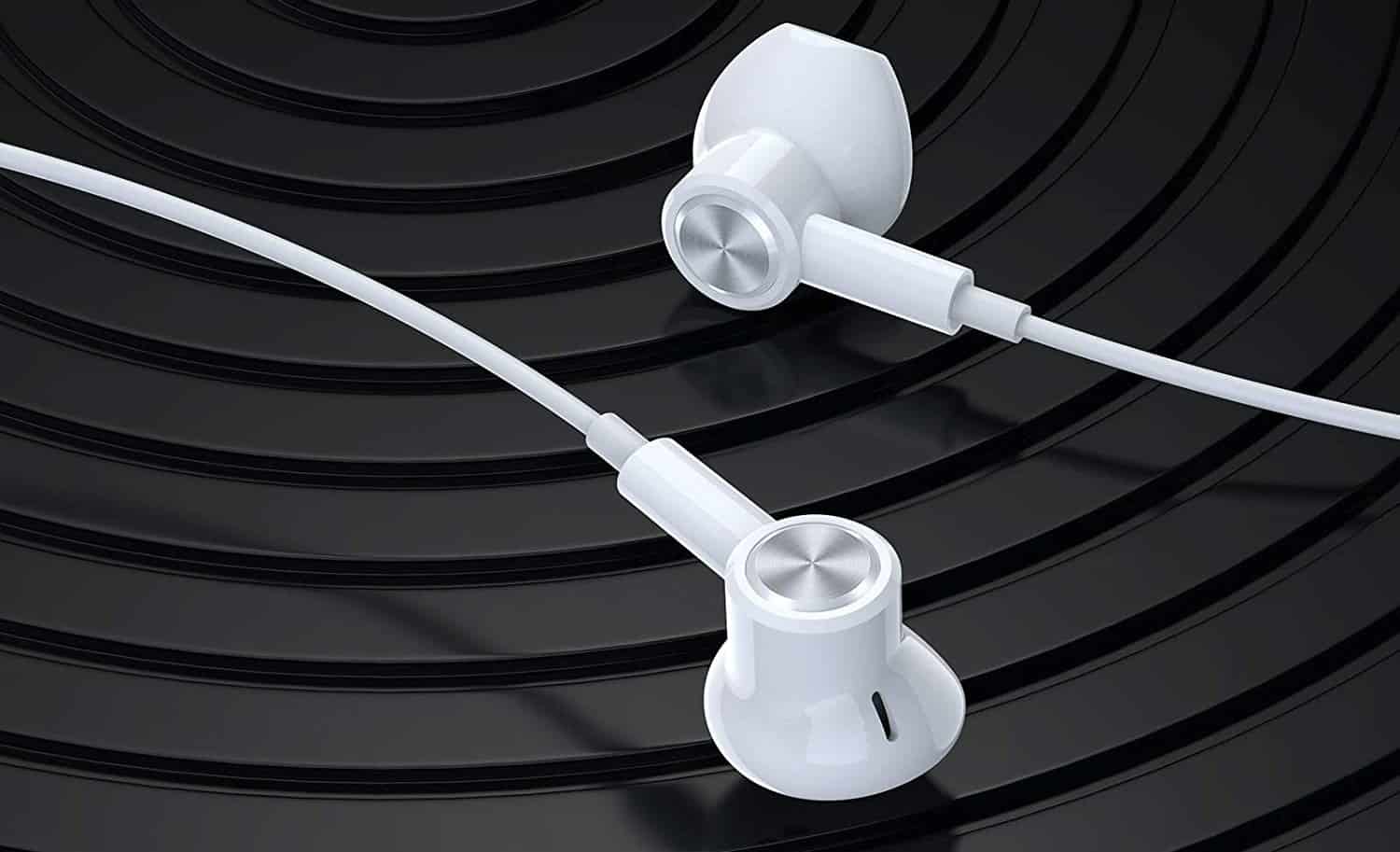
![Best Headphones for Mowing in [year] 42 Best Headphones for Mowing in 2026](https://www.gadgetreview.dev/wp-content/uploads/best-headphones-for-mowing-image.jpg)
![Best Headphones for Music in [year] 43 Best Headphones for Music in 2026](https://www.gadgetreview.dev/wp-content/uploads/best-headphones-for-music-image.jpg)
![Best TV Headphones for Seniors in [year] 44 Best TV Headphones for Seniors in 2026](https://www.gadgetreview.dev/wp-content/uploads/best-tv-headphones-for-seniors-image.jpg)
![Best True Wireless Earbuds in [year] 45 Best True Wireless Earbuds in 2026](https://www.gadgetreview.dev/wp-content/uploads/best-true-wireless-earbud-image.jpg)
![Best Swimming Headphones in [year] 46 Best Swimming Headphones in 2026](https://www.gadgetreview.dev/wp-content/uploads/best-swimming-headphones-image.jpg)






